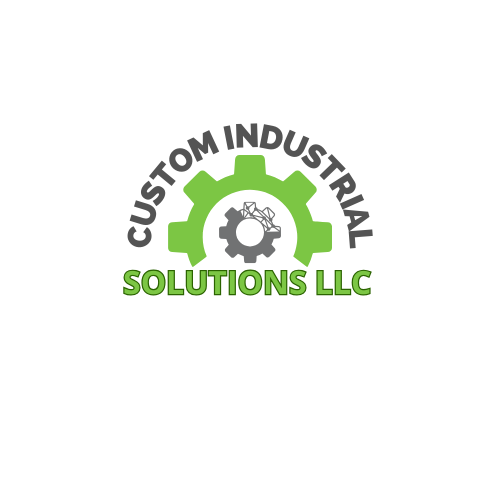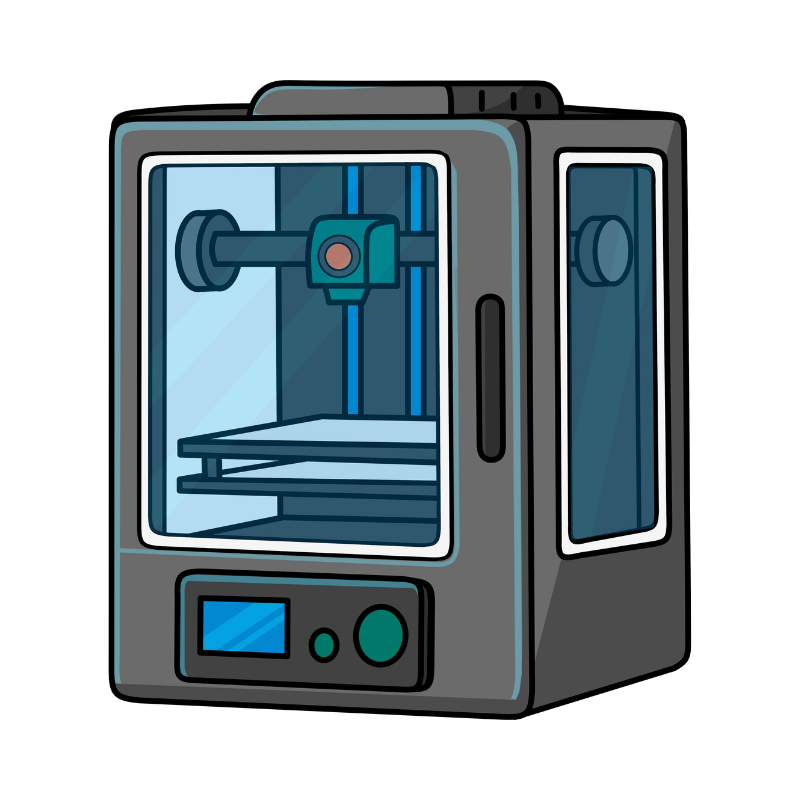At Custom Industrial Solutions, we help manufacturers maximize production rates through efficient design and custom tooling, resulting in higher quality (i.e. lower defect rates) and fast assembly (i.e. quicker time to market).
Introduction
In the world of product development, creating prototypes is a crucial step in refining a design before full-scale production. One of the most effective ways to produce prototypes is through 3D printing. This technology allows designers and engineers to quickly and cost-effectively create physical models to evaluate form, fit, and even some functional aspects of a product.
The Benefits of 3D Printing for Prototyping
- Speed and Efficiency
Traditional manufacturing methods, such as CNC machining or injection molding, often require lengthy setup times and expensive tooling. In contrast, 3D printing can produce prototypes within hours, enabling rapid iterations and design improvements. - Cost-Effective
Since 3D printing does not require molds or complex machining setups, it significantly reduces the cost of prototyping, especially for small production runs or one-off designs. Material costs are also lower compared to traditional methods. - Design Flexibility
Three dimensional printing allows for complex geometries and intricate details that may be difficult or impossible to achieve with other manufacturing methods. This flexibility gives designers the freedom to explore innovative shapes and structures. - Testing Form and Fit
A major advantage of three dimensional printing is its ability to create accurate scale models of a product. Designers can hold, manipulate, and assemble components to assess the overall aesthetics and how different parts fit together before committing to expensive tooling. - Material Variety
Modern 3D printing technologies offer a wide range of materials, including plastics, resins, and even metals, allowing for prototypes that closely mimic the final product’s material properties. - Easy Design Modifications
If a prototype needs changes, modifying a 3D model and reprinting it is far easier and faster than revising traditional manufacturing processes. This agility is particularly valuable in early-stage development.
Choosing the Right 3D Printing Technology
Different types of three dimensional printing technologies serve various prototyping needs:
- Fused Deposition Modeling (FDM): Great for basic, cost-effective prototypes.
- Stereolithography (SLA): Ideal for high-detail prototypes with smooth finishes.
- Selective Laser Sintering (SLS): Suitable for functional prototypes requiring durability.
- Direct Metal Laser Sintering (DMLS): Used for metal prototypes requiring high strength.
Conclusion
3D printing has revolutionized the prototyping process, making it faster, more affordable, and highly adaptable. By leveraging this technology, product developers can refine their designs efficiently, reduce costs, and accelerate time to market. If you’re developing a new product, incorporating 3D printing into your prototyping workflow can be a game-changer.
Contact Custom Industrial Solutions LLC today, and have your product idea presented to you in 3D format by utilizing our 3D printing services.

